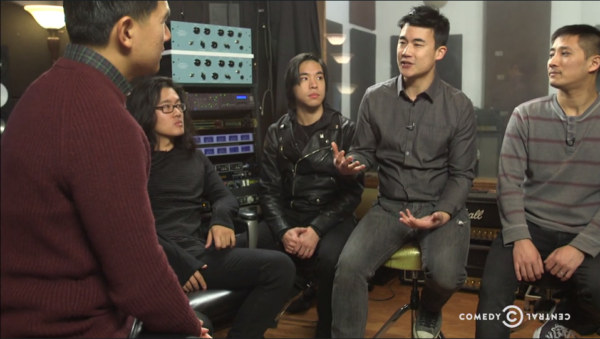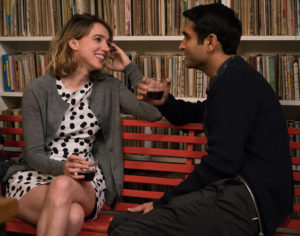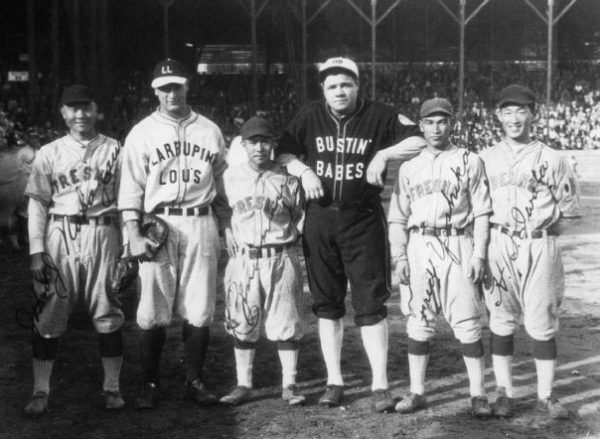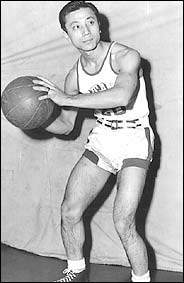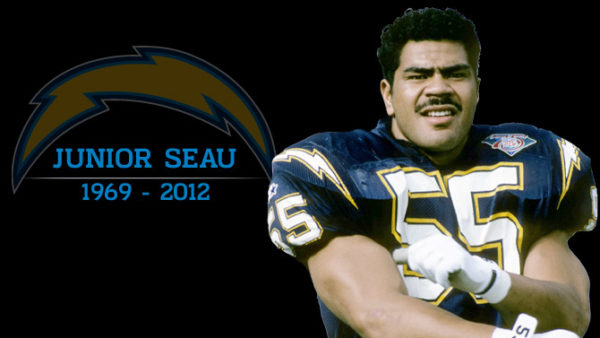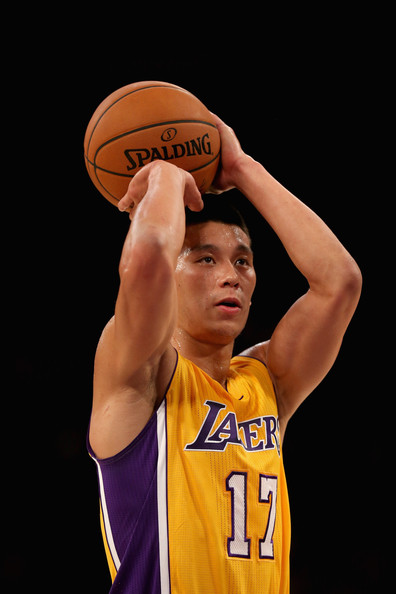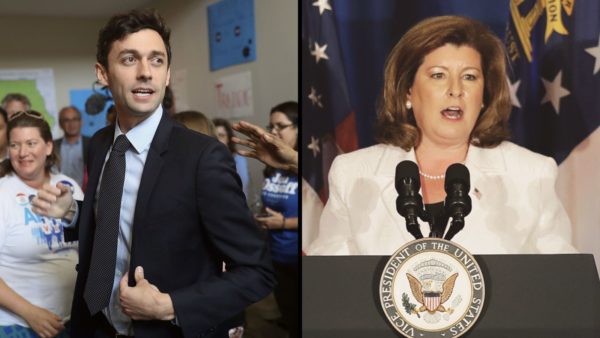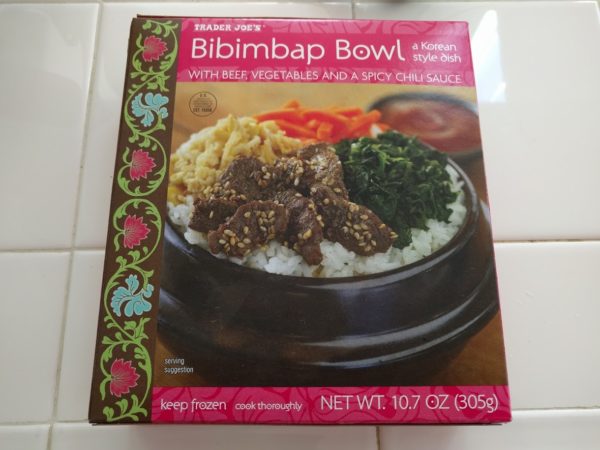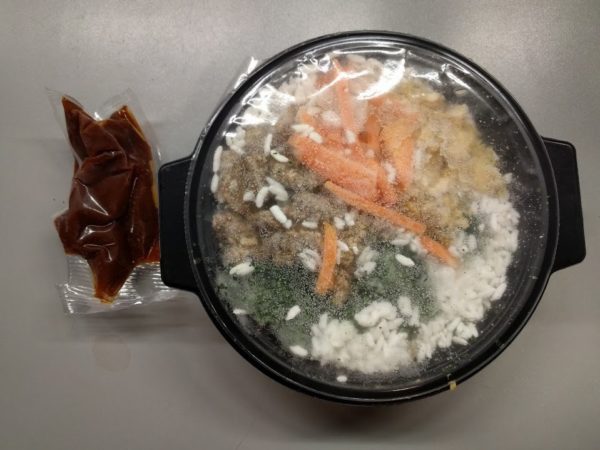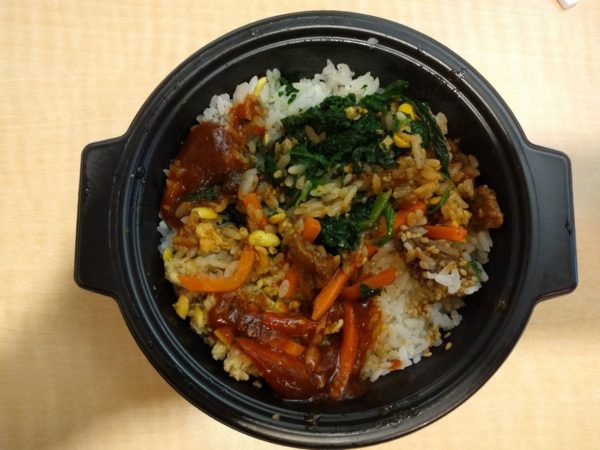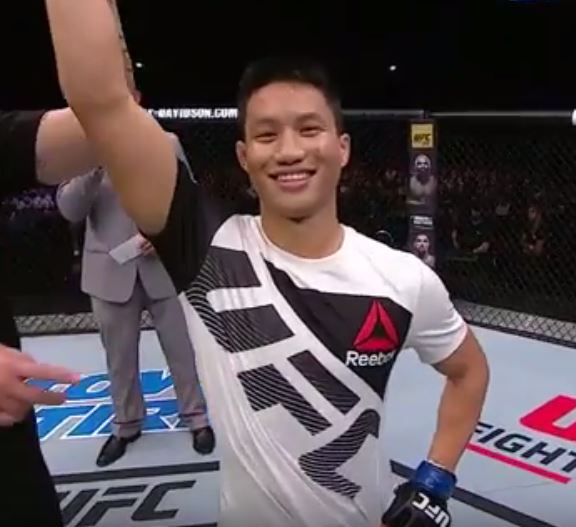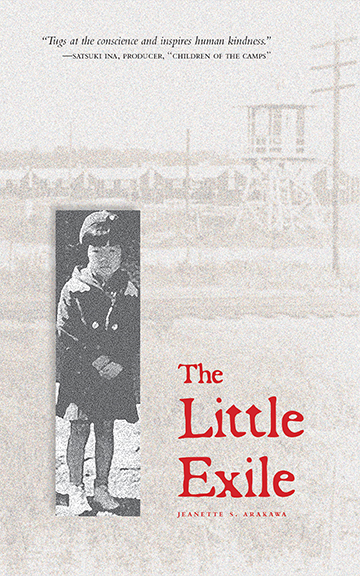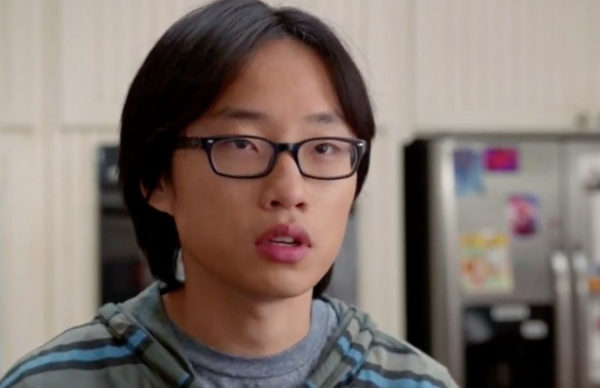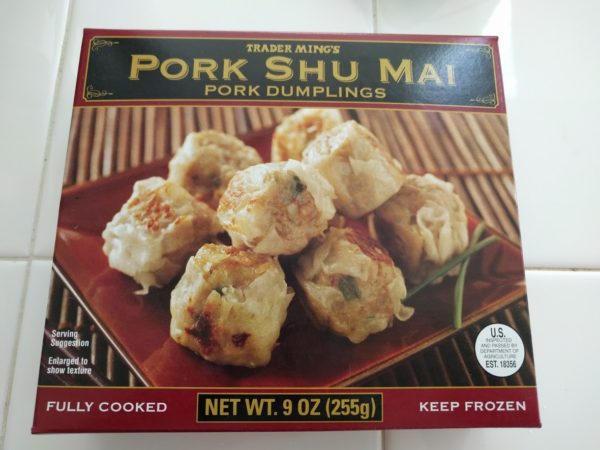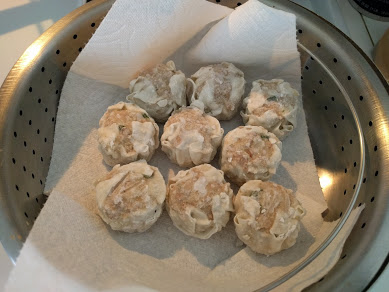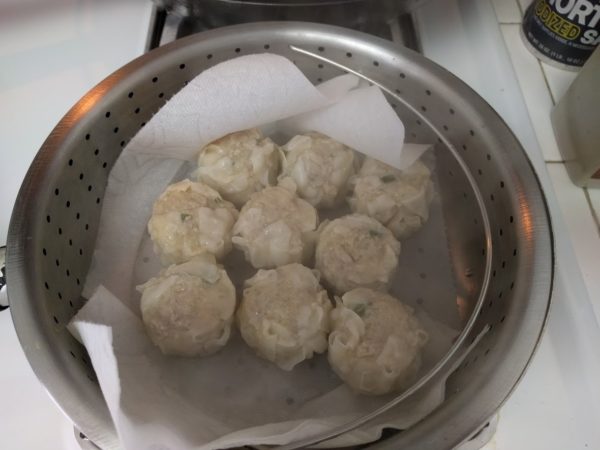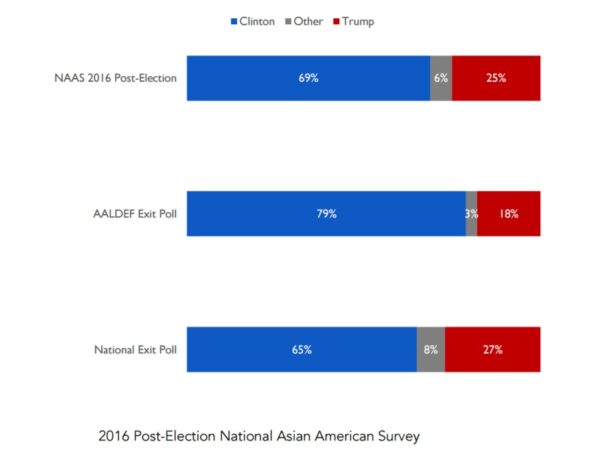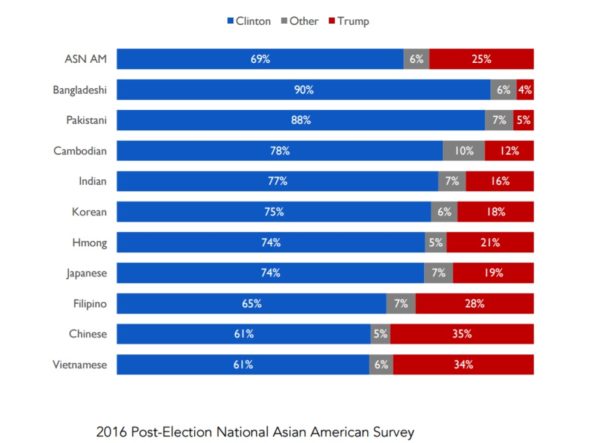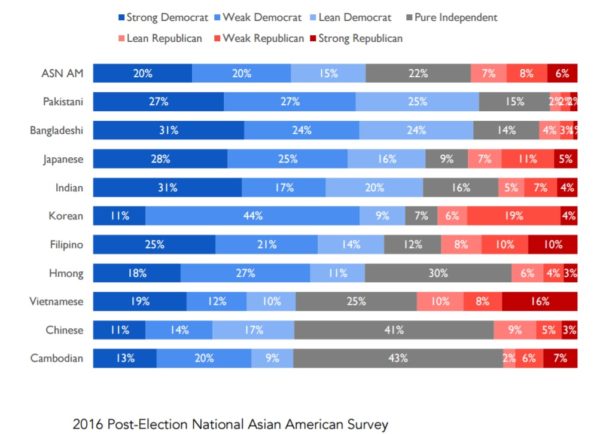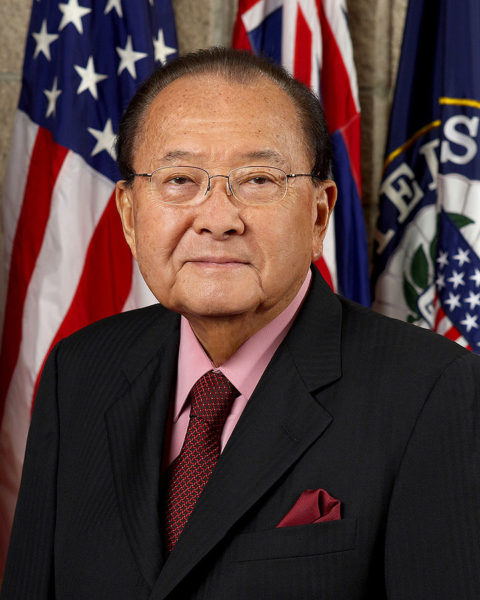
I’ve mentioned before that I pretty much love anything paranormal or conspiracy related. Give me a good alien abduction, or haunting, or JFK assassination story and I will be happy for hours. Not that I believe most of it—or any of it for that matter. I find the stories fascinating, especially what they say about us as humans and society itself.
The two areas of my life that rarely meet are my love for the paranormal/conspiracy and my passion for Asian American history and culture. Although, this is not to say they haven’t met before. For example, I’ve written in the past about how some idiots believe the Gray aliens are descendants of Asians and the intriguing theory that what crashed in Roswell, New Mexico in the late 1940s weren’t aliens from outer space but were really from Japan.
As I was figuring out what to write about next, I wanted to find another paranormal story that had something to do with Asian Americans or at least Asian Asians. At first, I was thinking of writing about the Devil’s Sea, aka: Asia’s Bermuda Triangle. In fact, I still may write about it in the future. But during the research, I was curious what kinds of things would come up if I Googled: “Asian American, conspiracy.” To my surprise, the first hit was about the late Senator Daniel Inouye.
Before I get into what I found, let me first say that Senator Inouye is a hero of mine. In fact, he’s such an icon, I refer to him as the “Senator.” In other words, he’s the ONLY senator that matters. Over the course of my career at the Japanese American National Museum, I was lucky enough to not only meet him on numerous occasions but I also interacted and actually got to know him a little. I say all of this only to make it clear that I mean no disrespect to him or his legacy.
I should also give a brief history about the Senator. The Senator was a war hero. He was an officer in the 442nd Regimental Infantry Unit, the all-Japanese American unit in World War II. He won the Medal of Honor, the Distinguished Service Cross, the Bronze Star, and the Purple Heart with Cluster. He was the first Japanese American in Congress and served as Hawaii’s Senator from 1962 until 2012. Two years before his death, he was elected the President pro tempore, or in other words, he was third in line for the President. As far as I know, that’s the closet an Asian American has gotten to the Presidency so far.
So what did I find in my Google search? The Senator is listed on countless websites as proof of a conspiracy that there is a secret government really running things. This is based on something he said during the Iran-Contra Hearings in 1987.
Here is a transcript of what he said:
There exists a shadowy government with its own Air Force, its own Navy, its own fundraising mechanism, and the ability to pursue its own ideas of national interest, free from all checks and balances, and free from the law itself.
It’s amazing how many websites cite this quote as proof of the existence of a secret government that is really running things. I’ve even read on some message boards that claim that the Senator wasn’t just talking about a secret government within the United States but a secret world-wide government, also known as the New World Order.
The interesting thing about the people who cite the Senator’s Iran-Contra quote is that they fail to note the circumstances—the Iran-Contra hearings. The Senator was referring specifically to the facts in the case itself. There WAS a conspiracy to get arms into Iran by a secret faction of the United States government that went around proper channels. But I do not believe that he was referring to anything more than that.
I guess one could make the leap that if there is a shadow government in this one case, there could be a secret government all the time, but there is no evidence that the Senator actually believed that.
Interestingly, this wasn’t the Senator’s only brush with government conspiracies:
Inouye also chaired the 1976 Senate Select Committee on Intelligence. The Committee was established to set up regulations for undercover operations abroad and internal operations against American citizens by the intelligence community. The regulations were a response to revelations that U.S. intelligence organizations had engaged in assassination plots and other international conspiracies. (Source)
What do you think? Do you think the Senator’s words are proof of the existence of a shadow-government? Let me know.
I would be remiss not to mention another conspiracy associated with the Senator that surrounds his death bed letter. I don’t know nearly enough about it to comment so that’s all I’ll say.
Follow me on Twitter @ksakai1.

